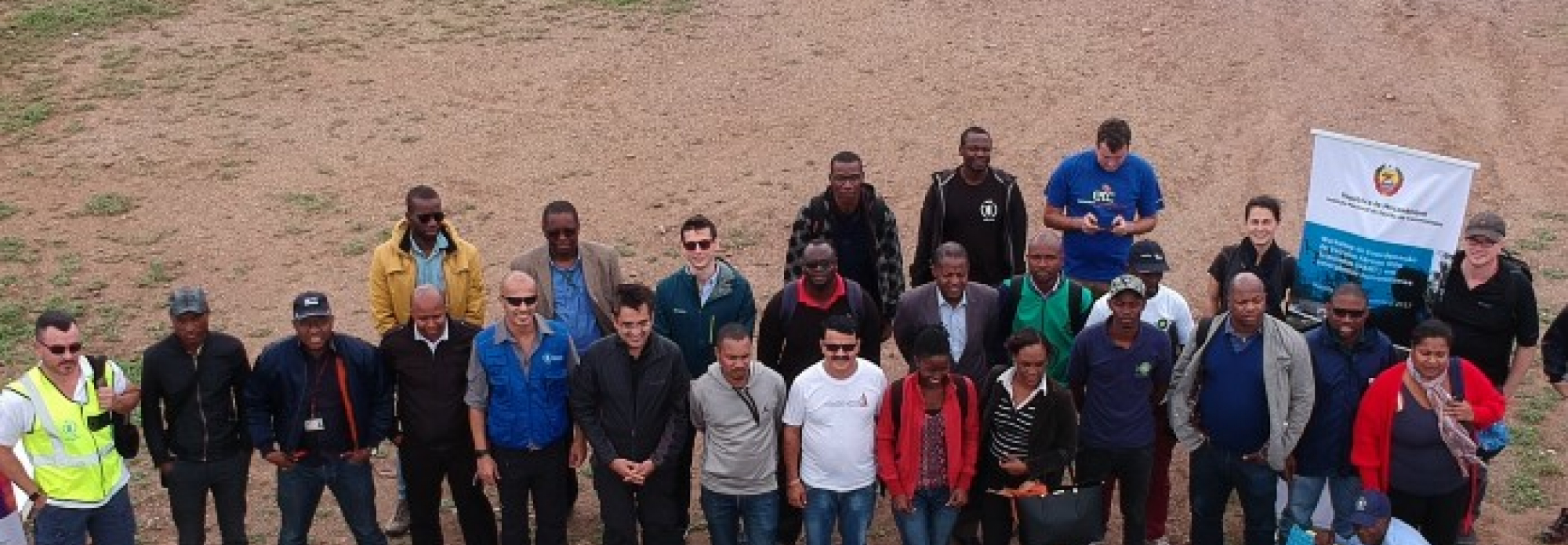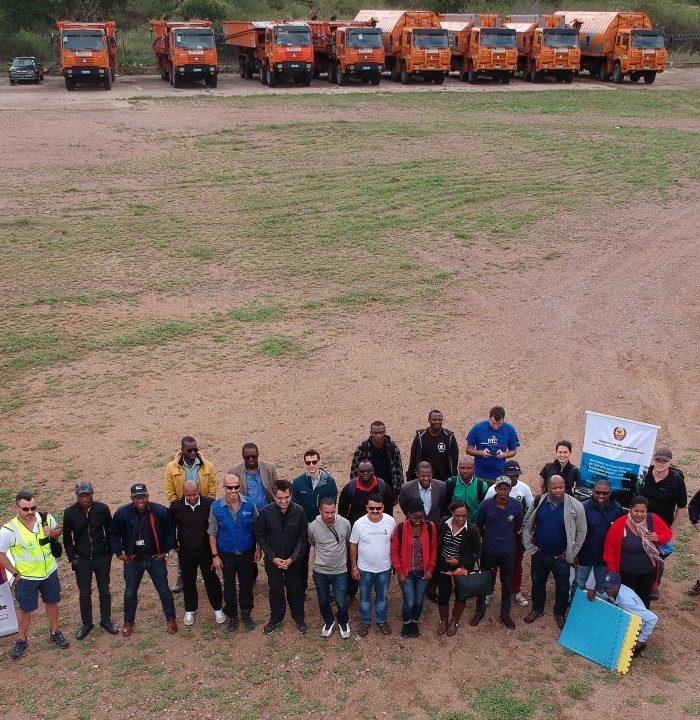UAVs (Unmanned Aerial Vehicles — commonly referred to as “drones”) are already used routinely for mapping and monitoring following rapid-onset emergencies like hurricanes and earthquakes. In DFID we are also exploring the use of UAVs for carrying light-weight, time-critical items, to help address humanitarian challenges.
For instance, cargo UAVs could prove to be valuable for:
- Delivering critical medical aid within the first 72 hours of a crisis, when damaged infrastructure or flooding sometimes makes roads impassable.
-
Transporting microbiological samples (e.g. in relation to tuberculosis) from field clinics to testing labs, since transporting samples by motorbike can be prohibitively slow.
-
Rapidly delivering health commodities for which there is unpredictable demand, such as anti-venom.
-
Supporting vaccination campaigns by delivering vaccines when and where needed, in areas without a reliable cold chain.
I recently had the opportunity to test some of these uses with our partners at the UN World Food Programme (WFP) and a non-profit called Help.NGO. The video below is from our test flights; it shows how we might use a drone to help support our responses to rapid-onset emergencies:


